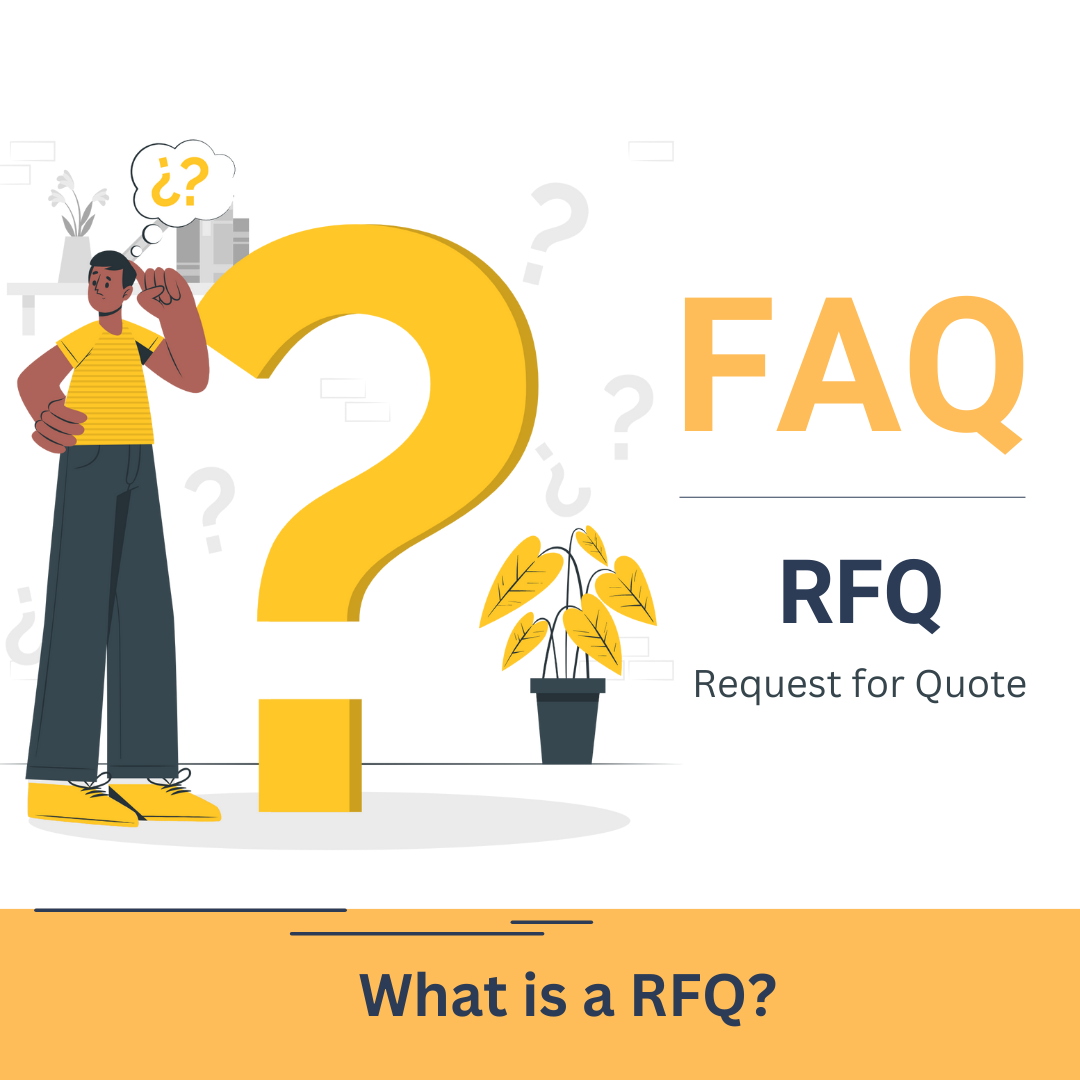
Breaking Down the Bill of Quantities (BOQ) for SMME Contractors
As a Small, Medium, and Micro-sized Enterprise (SMME) contractor in South Africa, you often encounter various construction documents and terms. One such document that holds significant importance in the construction industry is the Bill of Quantities (BOQ). In this blog post, we'll delve into what a BOQ is, why it matters to SMME contractors, and how to effectively navigate and utilize this essential document.
Demystifying the Bill of Quantities (BOQ)
The Bill of Quantities (BOQ) is a comprehensive document used in construction projects to provide detailed information about the materials, labor, and other resources required to complete the project. Essentially, it breaks down the project into measurable and quantifiable units, making it easier to estimate costs, allocate resources, and manage the construction process efficiently.
Why the BOQ Matters for SMME Contractors
1. Accurate Cost Estimation: The BOQ serves as the foundation for estimating project costs accurately. For SMME contractors, this is crucial for budgeting, pricing bids, and maintaining financial control throughout the project.
2. Resource Allocation: It helps allocate resources, including materials, labor, and equipment, effectively. This ensures that you have the right quantities of resources at the right time.
3. Competitive Bidding: When bidding for projects, having a well-prepared BOQ allows you to provide competitive and detailed bids that inspire confidence in clients and differentiate your business from competitors.
4. Variation Management: The BOQ helps manage variations or changes to the project scope. By quantifying each aspect of the project, it becomes easier to track changes and their associated costs.
5. Payment Certificates: In the payment certification process, the BOQ serves as a basis for measuring the progress of work completed, facilitating accurate payments.
Components of a BOQ
A typical BOQ is divided into several key components:
1. Bill Number: A unique identifier for the BOQ.
2. Description of Work: A detailed description of the work to be done, including specifications, standards, and requirements.
3. Units of Measurement: The units in which quantities are measured, such as square meters, cubic meters, or pieces.
4. Item Number: A unique identifier for each line item in the BOQ.
5. Quantity: The quantity of work, material, or item required for each line item.
6. Rate: The unit rate or cost per unit for each item.
7. Amount: The total cost for each line item, which is calculated by multiplying the quantity by the rate.
8. Summary Total: The sum of all line item amounts, giving the total cost estimate for the entire project.
Creating and Using a BOQ
Creating and using a BOQ effectively involves several key steps:
1. Review Project Plans and Specifications: Start by thoroughly reviewing the project plans, specifications, and drawings to understand the scope and requirements.
2. Break Down the Work: Divide the project into measurable work units or items. For example, if you're constructing a building, you might have line items for the foundation, walls, roofing, and plumbing.
3. Quantify Materials and Labor: Determine the quantity of materials, labor hours, and other resources needed for each line item. Be as precise as possible.
4. Seek Supplier and Subcontractor Quotes: Reach out to suppliers and subcontractors to obtain accurate cost estimates for materials and specialized services.
5. Calculate Rates: Calculate the unit rates for each line item by dividing the estimated cost by the quantity.
6. Prepare the BOQ: Input all the information into the BOQ format, including the item numbers, descriptions, units of measurement, quantities, rates, and amounts.
7. Review and Verify: Carefully review the BOQ to ensure accuracy, completeness, and alignment with project requirements.
8. Use the BOQ for Bidding: If you're bidding for a project, the BOQ will form the basis for your cost estimation. Ensure your bid aligns with the BOQ.
9. Project Management: During the project, use the BOQ as a reference to allocate resources, track progress, manage variations, and prepare payment certificates.
Benefits of Using a BOQ
1. Cost Control: A well-prepared BOQ helps in accurate cost estimation and control throughout the project, minimizing budget overruns.
2. Resource Optimization: It facilitates the efficient allocation of resources, ensuring that materials and labor are used effectively.
3. Transparency: The BOQ provides transparency in cost breakdowns, making it easier to justify and explain project costs to clients.
4. Variation Management: Changes and variations to the project scope can be easily managed and documented using the BOQ.
5. Payment Certificates: It serves as a basis for preparing payment certificates, ensuring that contractors are compensated fairly for the work done.
Conclusion
The Bill of Quantities (BOQ) is a fundamental document for SMME contractors in South Africa. It plays a pivotal role in estimating costs accurately, bidding competitively, managing resources, and ensuring transparent and efficient project management. Embrace the BOQ as a valuable tool in your construction and contracting projects, and let it be a testament to your professionalism and commitment to delivering high-quality work on time and within budget.






Share